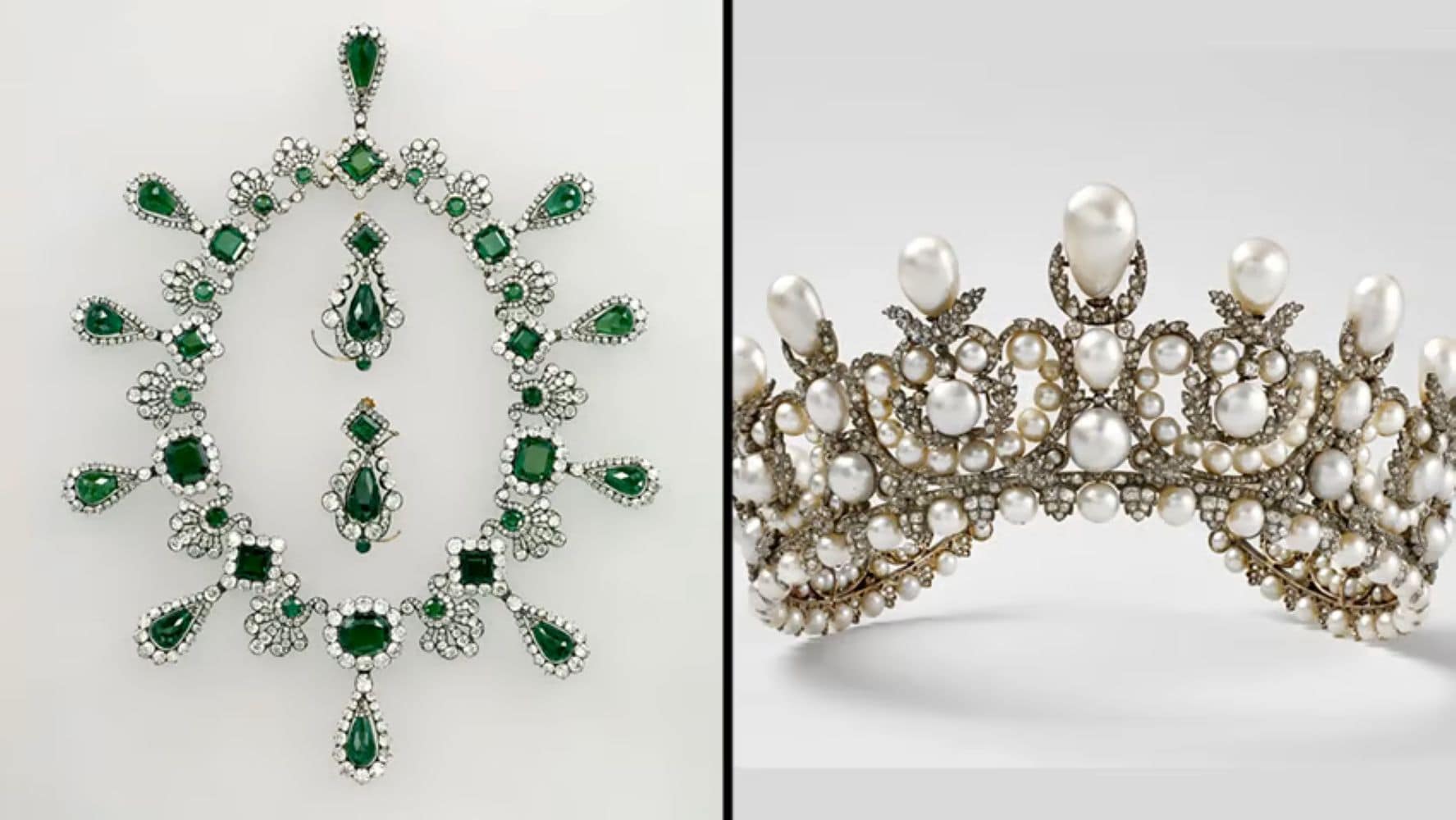It is one thing to own a piece of beauty, whether it is jewellery, a painting or a sculpture for your garden. Insuring these beauties are quite something else.

After the heist in Paris this week, in which pieces of the French crown jewels were stolen, people are beginning to ask whether thieves are now targeting high-value treasures, as places such as high-end jewellery stores become too fortified to rob.
In a scene reminiscent of a Hollywood blockbuster, thieves pulled off a brazen jewellery heist at the Louvre in Paris recently, making off with priceless historical pieces, including a sapphire and diamond tiara once belonging to Empress Eugénie and jewels from Napoleon’s wedding gift set to his wife Marie-Louise.
No helicopters, laser beams that must be dodged and bound security guards. All these robbers needed were angle grinders, scooters and a crane to steal what officials called objects of significant financial value and “inestimable” national importance.
According to reports, this daring theft may point to a new pattern: organised crime rings turning their attention to museums and galleries, where valuable items are often less well protected, while high-end jewellery stores are increasingly fortified.
ALSO READ: How to insure your music instruments and collectors’ items
However, these high-end thieves could still have an eye of your valuables at home
In 2024, for instance, another museum theft in Paris triggered an insurance payout of £3 million to the Royal Collection Trust after robbers smashed display cases and made off with two royal artefacts: two old snuff boxes adorned with gold and diamonds.
“For collectors, art lovers and owners of fine jewellery, the risk to high-value assets is not limited to museums or public institutions. The same threats, theft, damage, or loss, apply to private collections, whether they are kept in safes at home, displayed on walls, worn, or loaned out for exhibition,” says Tarina Vlok, MD of Elite Risk Acceptances, a high-net-worth insurer and subsidiary of Old Mutual Insure.
And it is not only happening in Europe or the US. In August this year, the quiet coastal town of Pringle Bay in the Western Cape made headlines after a R1 million art heist at the FOMO Fine Art Gallery.
Thieves stole seven sculptures by renowned South African artists Anton Smit and Janko de Beer in what authorities believe was a carefully planned operation. The scale and precision of the theft, involving heavy, outdoor artworks, suggested organised intent rather than opportunism.
ALSO READ: Top 5 Most expensive items sold on auction: Miscellaneous
Growing sophistication in criminal networks with high-end thieves
Vlok says these cases likely point to a growing sophistication in criminal networks targeting high-value possessions and objects of art, whether held in private homes, galleries, or museums.
“Therefore, it is important to protect collectable assets that come with history, heritage and legacy. While typical domestic policies are designed to cover a home and its contents, there is sometimes limited coverage for valuable possessions that may get lost, stolen, or damaged.
“Speak to your broker or insurer to find out about the best way to accommodate high-value items, as not all insurance policies provide the same level of coverage.”
Vlok says collectors face risks when buying one-of-a-kind pieces, including damage during transit if you buy at auctions, or from incidents like fire, water, or theft.
“Remember too that you must take adequate safety and security precautions around your home as theft of high-value items remains a significant threat in South Africa.
For collectable jewellery, safes are important, and some insurers may also further specify whether your home safe must be wall or floor-mounted.”
ALSO READ: Cops and robbers: Police officers arrested for R20m jewel heist at Cape mansion
How to ensure you do not give high-end thieves a foot in the door
These are Vlok’s top tips for protecting high-value items:
- Do not fall into the trap of undervaluing your jewellery or art collection in an attempt to save on the premium. This may cost you if you ever have to claim.
- Rare pieces of jewellery require insurance that covers a wide range of risks, including theft and damage. Make sure your policy considers both the market value and the replacement value of the item.
- Remember that some art does not increase in value, but will still need insurance. Many professional sculptors create larger-than-life pieces that are displayed in gardens. How do you insure a piece like that? Speak to your insurer or broker to make sure it is correctly covered. If you move and you take it with you, it would be covered under your contents section. It is also important that your insurer knows you have art that is kept outdoors, and you would need to make sure that the piece is designed to live outside.
- Make sure you take adequate steps to keep high-value items safe. If your jewellery items are kept in a bank vault, you may pay a lower premium, but your insurer may require you to notify them every time you remove them from the bank vault to wear. If you fail to comply, they may not pay you out if you suffer a loss.
- Get an appraisal of your rare items from a specialist appraiser. If the item is a valuable piece of jewellery, do not spare the cost of obtaining a specialist valuation certificate. Without a valuation certificate, you run the risk of limited or even no insurance payout in the event of loss or damage.
- Remember when buying collectable or rare pieces, while it may not be a legal requirement to insist on a certificate of origin, your insurer is likely to insist on it before insuring it.
“Owners should ensure their security measures and insurance coverage truly reflect the value and risk profile of their collections.
“This is especially relevant as we approach silly season, where targeted crime and opportunism often go hand in hand. It is important to remember that criminals take advantage of holiday goers, empty homes and relaxed vigilance during the festive season.”






